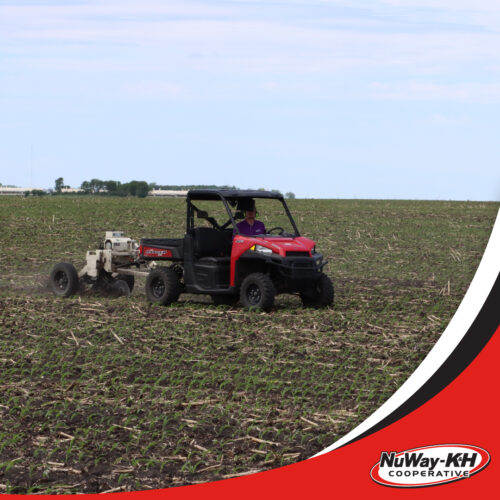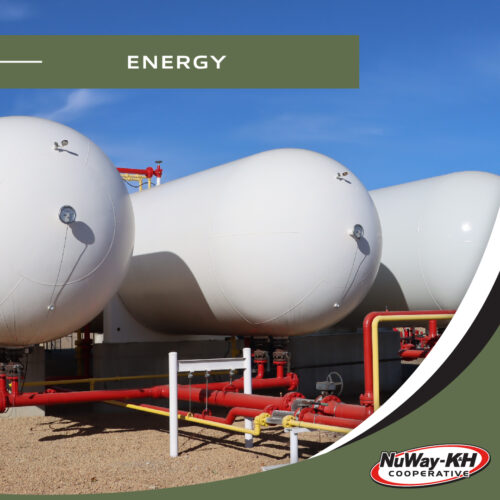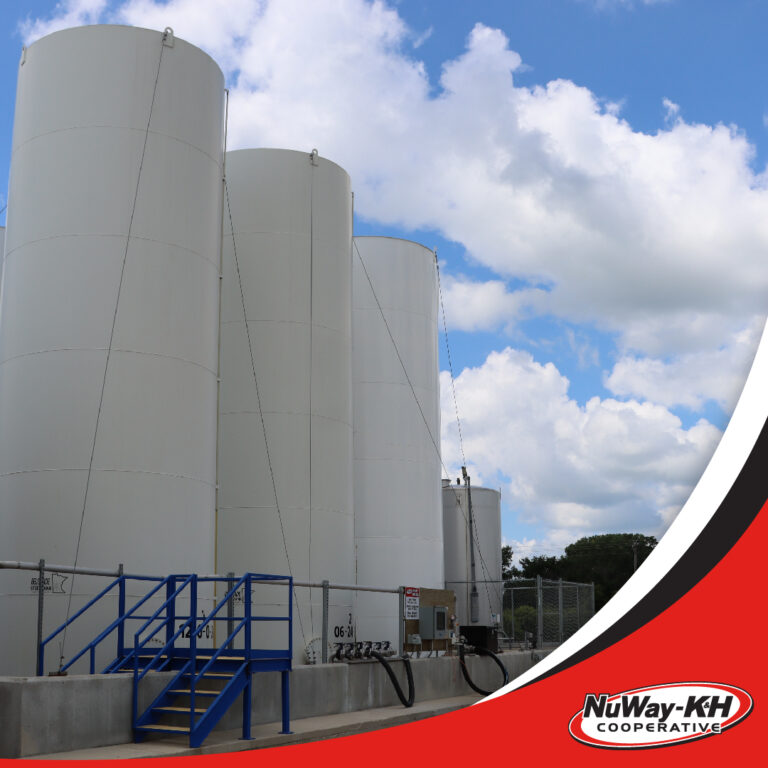Your Company Uses AI
Tyler Olson, CFO Tyler.Olson@NuWay-KandH.com In most newsletters, I discuss typical accounting and finance subjects. I review the income and balance statements and try to help you understand our budgeting processes. Boring, right? I prefer not to review what happened last month. I’d rather look forward and plan the next 20 years. So, here’s something new […]
Your Company Uses AI Read More »
Newsletter









